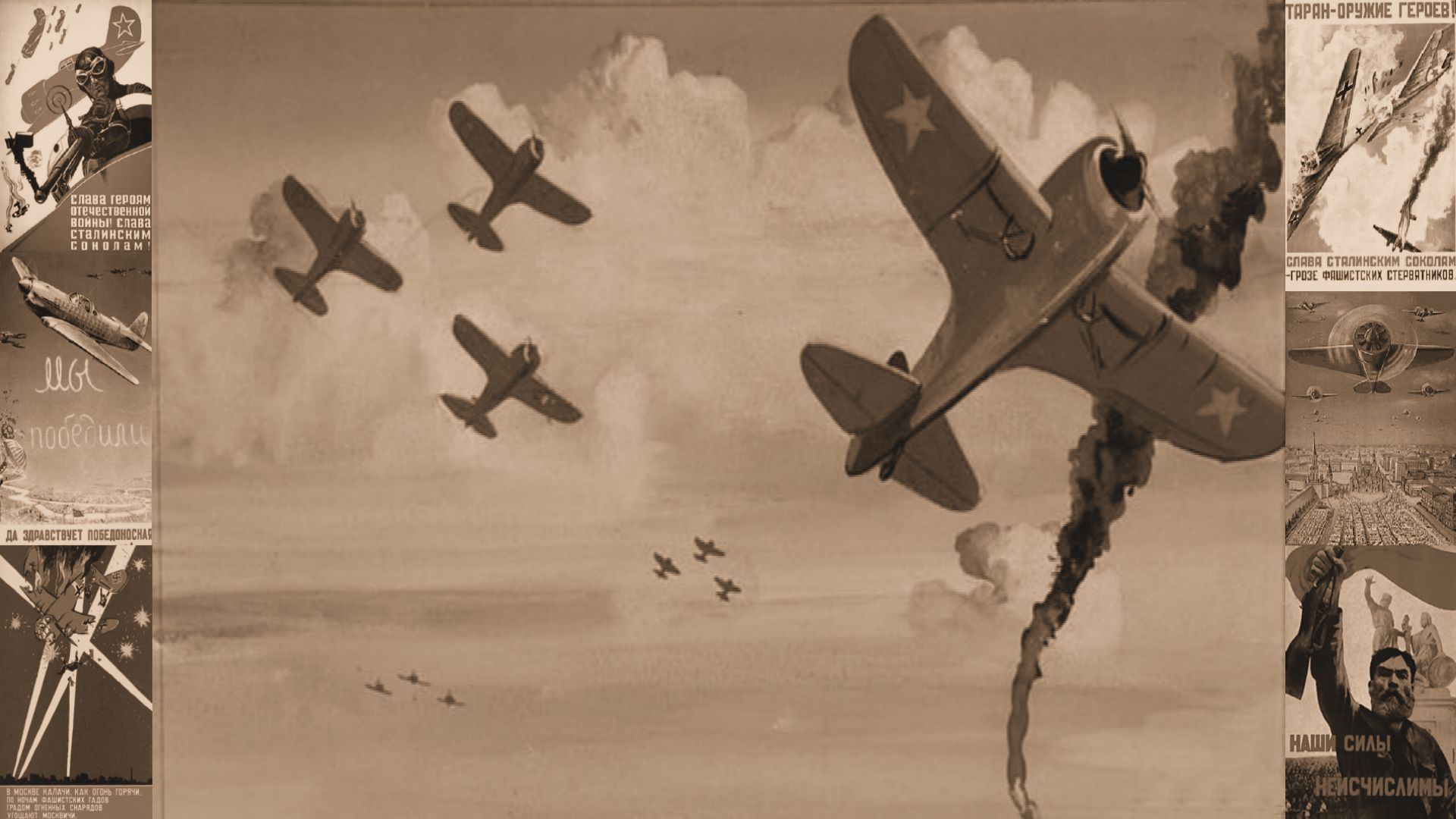The Russian Polikarpov I-153 'Chaika' (Eng:Seagull) was a late 1930s Soviet biplane fighter. Developed as an advanced version of the I-15 with a retractable undercarriage, the I-153 fought in the Soviet-Japanese combats in Mongolia and was one of the Soviets' major fighter types in the early years of the Second World War.
Development
In 1937, the Polikarpov design bureau carried out studies to improve on the performance of its I-15 and I-15bis biplane fighters without sacrificing manoeuvrability, as Soviet tactical doctrine was based on a mix of high performance monoplane fighters (met by the Polikarpov I-16) and agile biplanes. Based closely on the design of the I-15bis, with a stronger structure, it was fitted with a manually retractable undercarriage to reduce drag. It reverted to the "gulled" upper wing of the original I-15 but used the Clark YH aerofoil of the I-15bis. The four 7.62 mm PV-1 machine guns of the I-15bis were replaced by four ShKAS machine guns. The aircraft was of mixed metal and wood construction, with the fuselage structure being based on chromium-molybdenum steel with duralumin skinning on the forward fuselage, and fabric covering on the fuselage aft of the front of the cockpit. The aircraft's wings were made of fabric covered wood, while the tail surfaces were of fabric covered duralumin. The I-153 made its maiden flight in August 1938. The first prototype failed factory testing due to numerous defects, but this did not stop production, with the aircraft entering production concurrently with ongoing testing and development.
Back to Top
In Service
The I-153 first saw combat in 1939 during the Soviet-Japanese Battle of Khalkin Gol in Mongolia. The Imperial Japanese Army Air Service (IJAAS) Type 97 Fighter (Nakajima Ki-27) proved a formidable opponent for the I-15bis and I-16, but was more evenly matched with the I-153, which retained agility inherent to biplanes while featuring improved performance. During Operation Barbarrossa, the Soviet Air Force had more I-153's that any other aircraft in their inventory, however, most were destroyed on the ground on the first day of the war. When fighting the German Messerschmitt Bf109E, it was outclassed in service ceiling, rate of climb, acceleration and, crucially, in horizontal and diving speed, due to better aerodynamics and a more powerful engine. Although the new Yak-1 and LaGG-3 fighters were entering production, on 22 June 1941, the bulk of VVS was equipped with the obsolete 1930s designs. Even as late as 1942, there were attempts to reinstate production of I-153 and I-16 to fill the shortage of fighter aircraft.
Finnish Air Force
During the Winter War with Finland, eight I-153 aircraft were captured after they force landed in Finland. The first I-153 was given the registration VH-101 and was ready on 18 April 1940. It was delivered to LeLv 14. The others received the numbers VH-12 to VH-18. During the early stage of the Continuation War, three additional I-153s were captured and an additional nine I-153s were purchased from Germany on 18 November 1942. These aircraft, all painted overall Light Gray, were handed over to the Finnish Air Force at Vienna, Austria on 7 December 1942.
By the end of production in 1941, a total of 3,437 I-153s were built.
Back to Top


